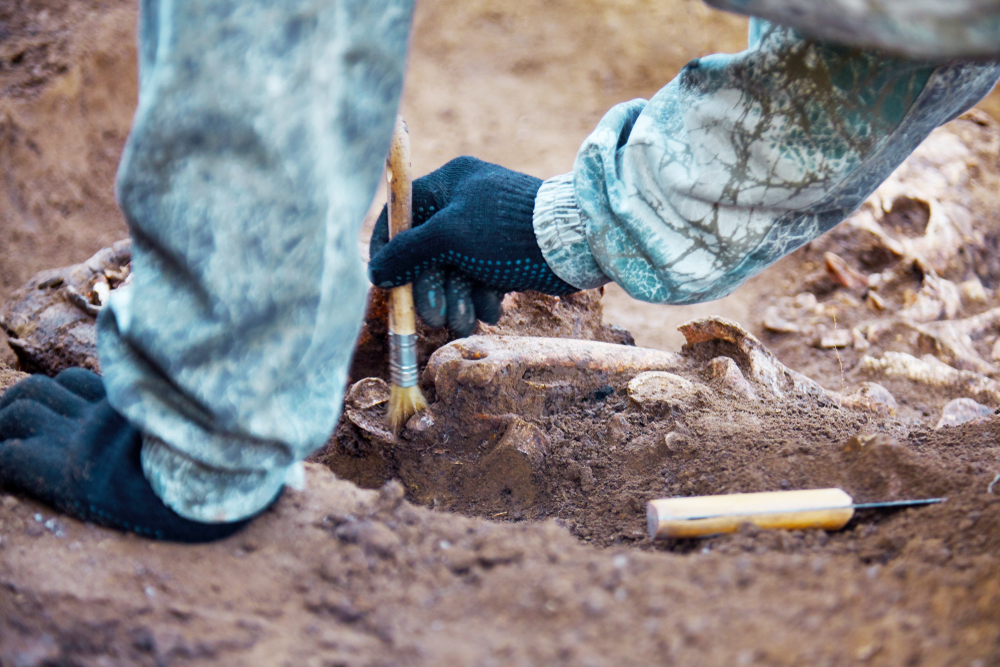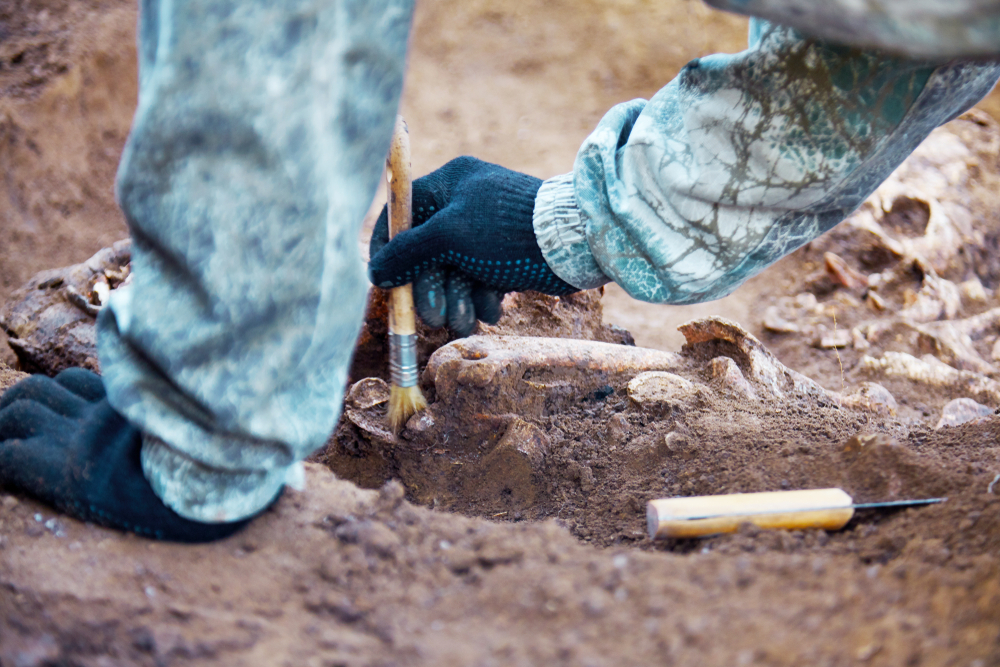On the island of Ibo off the coast of northern Mozambique, Spanish archaeologists have discovered beads of gold and carnelian, which demonstrate, on the one hand, a connection with the inland mainland, and on the other hand, with India. (Swahili)
Scientists have concluded that the Swahili people on the island of Ibo played a prominent role in the gold trade in the region, and their port position allowed them to integrate into international networks in the early second millennium.
Specialists drew attention to two beads, one of which was made of gold and the other of carnelian. They suggested that the carnelian jewelry piece must have been imported from India, or made by Indian artisans who lived on Swahili lands. Such carnelian beads could well have been used as money. Archaeologists dated the finds to the late 10th or early 12th century.

Experts conducted an archeometric study of gold beads found in the early layers of the site of the Swahili. After 1000, the locals began to convert to Islam and joined the Indian Ocean trading networks. They began to have coastal small towns and villages that served as trading posts for goods from the interior.
The Limpopo River was the route by which gold and ivory were exported to the Indian Ocean coast. Isotopic analysis of two bronze coins from the island of Ibo showed that the copper for their manufacture also came from the hinterlands of what is now the Democratic Republic of Congo and Zambia.
In the Kalahari Desert, in the Wonderwerk Cave, archaeologists discovered the oldest “house” in human history, 2 million years old.





